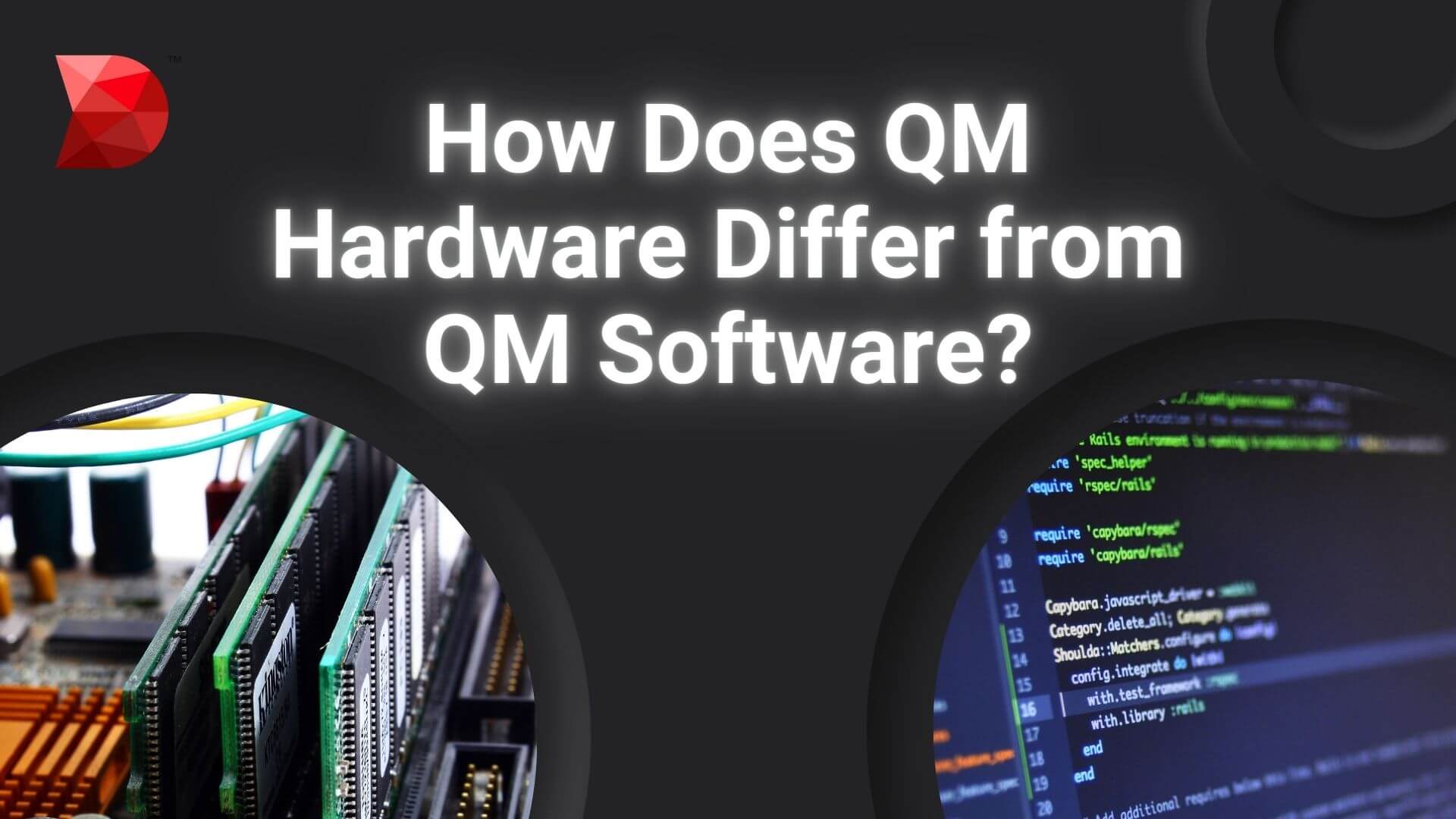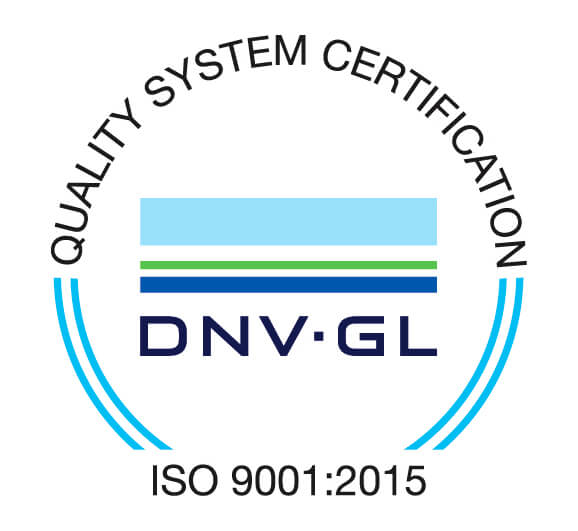Generally speaking, software refers to code while hardware refers to physical equipment. The programs you run on your computer and the apps downloaded to your phone fall in the software category. On the other hand, your Smartphone, computer and Wi-Fi router belong to the hardware category.
The same distinction exists in the world of quality management tools. Quality Management Software allows companies to gather data and to streamline the decision-making process when an issue arises. Quality Management Hardware allows manufacturers to perform physical tests on products and on the assembly line.
What Do Businesses Use QM Software For?
QM software helps businesses implement a quality management system. Features typically include:
- Gathering data from different processes to get a clear picture.
- Integration with other systems (such as ERP solutions).
- Automatically schedule tasks, reminders, and training linked to quality control.
- Analyzes data to detect trends and issues with quality.
- Turns QM into a seamless process and allows businesses to achieve continuous improvement.
- Improves collaboration and communication, especially for companies that manage assembly lines remotely.
What Are the Uses of QM Hardware?
QM hardware mostly encompasses testing equipment. This field is rapidly evolving thanks to the Internet of Things. It is now possible to have connected objects on the plant floor. These smart objects can send data to a cloud-based system and receive instructions.
This is a game-changer for Quality Management. A smart machine can share data about each product in real time. Some businesses are also using portable data collectors to have employees perform checks at different steps of the assembly line.
Smart tools are another noteworthy innovation. ASI DATAMYTE has developed a digital wrench that accurately takes torque measurement and makes this data available in an accessible format.
What Is Industry 4.0?
Industry 4.0 is the missing piece of the puzzle. This approach blurs the lines between QM software and QM hardware by developing integrated solutions for the smart factory of tomorrow.
Industry 4.0 tools allow businesses to collect data on their plant floor thanks to the Internet of Things. An advanced QM software solution can then analyze data from smart machines, connected tools, and portable data collectors.
Combining cloud computing and cognitive computing means that a QM system could make simple decisions on its own based on the data collected on the plant floor.
This approach considerably reduces the need for manpower and makes organizations more reactive, even if a business manages a plant remotely. As a result, this type of QM system will become more common as more manufacturing plants upgrade to connected machines and tools.
QM software allows organizations to get a global picture of their quality system and to respond to issues quickly. QM hardware is typically one of the solutions used to monitor quality, mainly through the use of testing equipment. The role of QM hardware will probably change in the near future because the Internet of Things and cognitive computing offers a new way to monitor what is happening on the plant floor.



